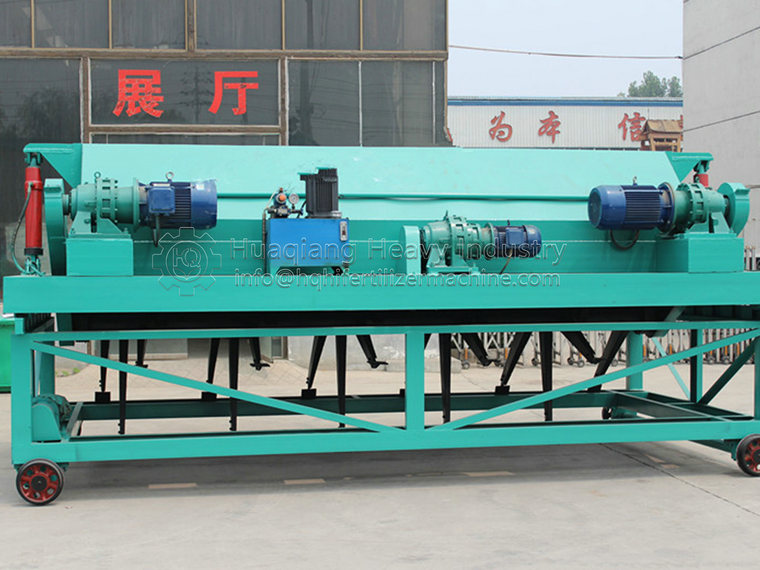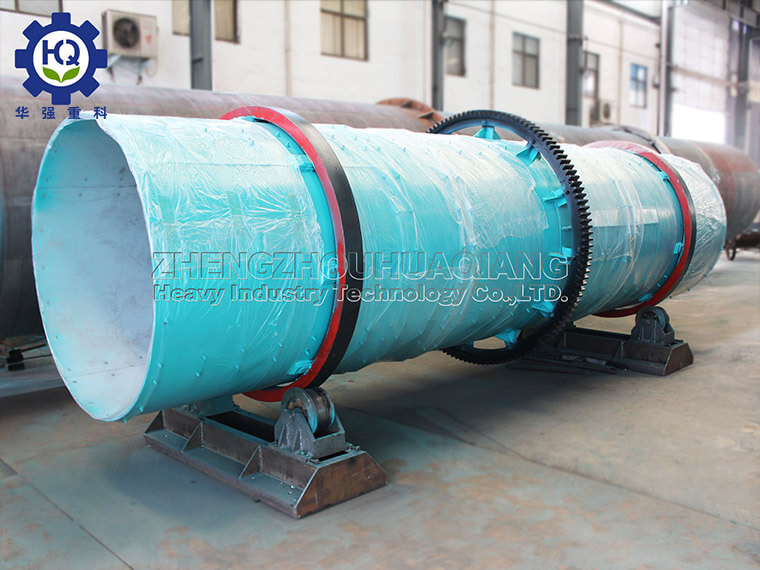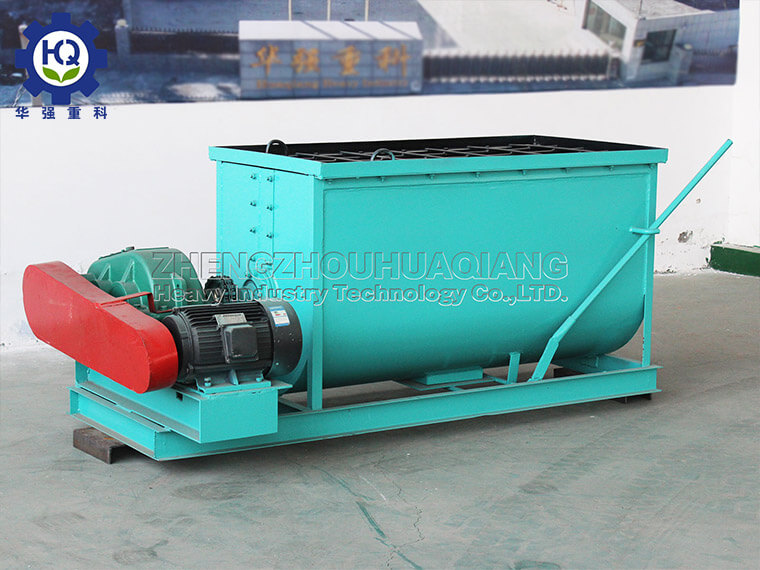The price of chicken manure organic fertilizer fermentation equipment is influenced by various factors, including but not limited to equipment type, processing capacity, automation level, brand, regional economic differences, and whether additional services (such as installation, training, and after-sales service) are included. The following is a rough price range, and specific values may vary with market fluctuations and negotiations:
Small manual or semi-automatic chicken manure fermentation organic fertilizer turning machine
Price range: Starting from a few thousand RMB, the simplest model may only cost a few thousand RMB to purchase.
Medium sized automated fermentation equipment
Price range: from tens of thousands to hundreds of thousands of yuan, this type of equipment often has high production capacity and automation level.
Large scale industrial grade chicken manure organic fertilizer production line
Price range: can range from tens of thousands to millions of yuan, or even higher, depending on the complexity and production capacity of the system.
For example, a basic manual stacker may only cost a few thousand yuan; But a high-end fermentation equipment that integrates temperature control, automatic oxygen supply, remote monitoring and other functions may cost hundreds of thousands or even millions of yuan. If customized services are chosen, that is, production lines designed and built according to specific customer needs, the total cost will further increase.
Factors affecting prices
Technical content: The higher the degree of automation and intelligence of the equipment, the higher the price naturally.
Production scale: The unit cost of large equipment is lower than that of small equipment, but the total investment has significantly increased.
Materials and accessories: The selection of high-quality steel, special alloys, and other durable components can also increase costs.
Brand reputation: Although equipment from well-known brands is expensive, it often means better performance, durability, and after-sales support.
Investment advice
When choosing organic fertilizer fermentation equipment for chicken manure, it is recommended to:
Conduct thorough research: Compare product information from different manufacturers to understand market trends.
On site inspection: If conditions permit, visit practical projects of equipment operation and evaluate their actual effectiveness.
Detailed inquiry: Request a detailed quotation that specifies all cost items, including transportation, installation, and service fees.
Cost effectiveness consideration: Balance initial investment and long-term operating costs, and choose the most cost-effective solution.
Remember, although initial investment is an important consideration, the long-term performance, energy-saving effects, and maintenance costs of equipment cannot be ignored. Sometimes, slightly higher initial expenses result in lower overall cost of ownership and higher production efficiency. Therefore, when making decisions, it is necessary to comprehensively weigh various factors.





.jpg)


